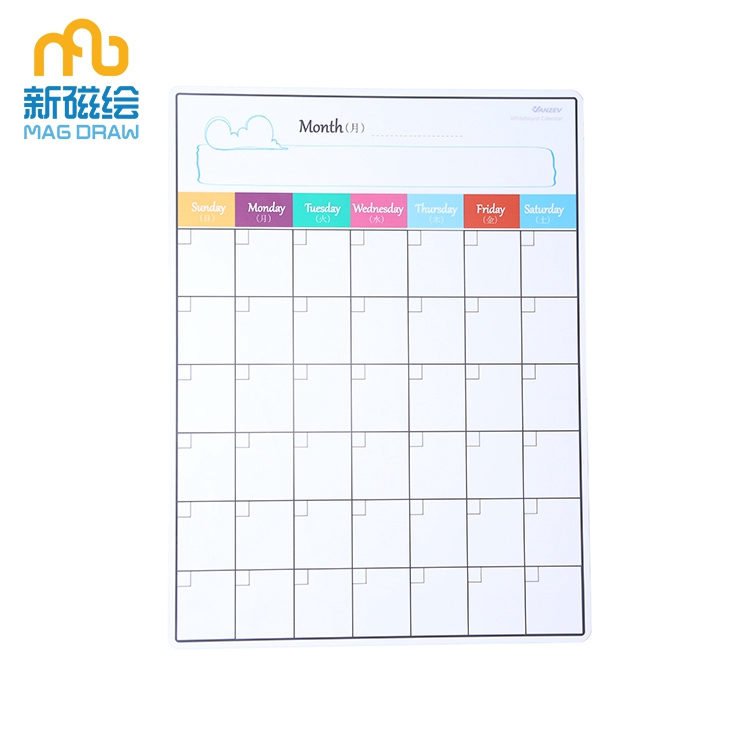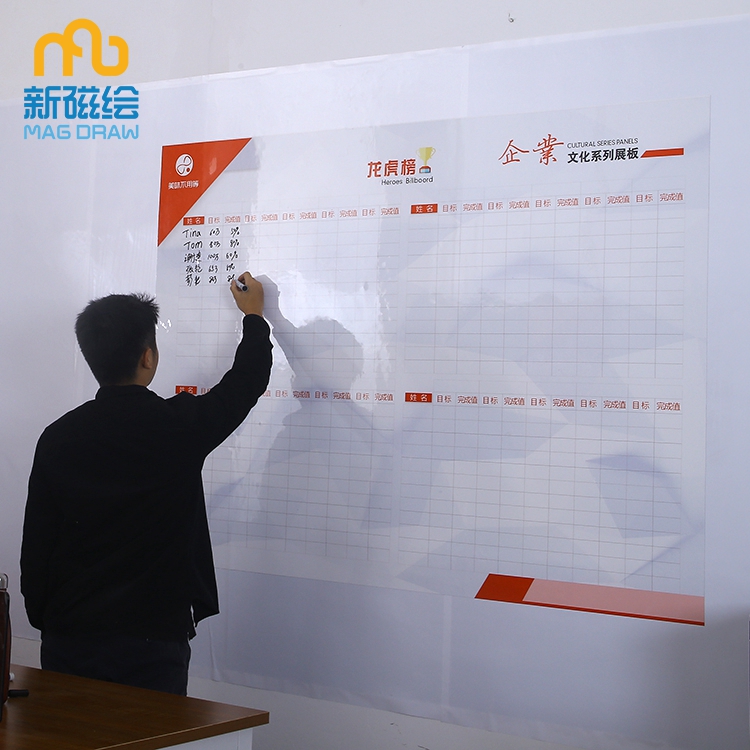The clear ink refers to the ink that is made of dyes for all or most of the colorants. The hiding power is very low and the transparency is extremely high. This article will talk about some matters that should be noted during the use of transparent ink.
1. Hue
As the transparency of the transparent ink is very high, the aluminum plating film is generally compounded after printing, so that the luster of the aluminum film and the luster of the ink are combined with each other to reflect more vivid colors. Moreover, products printed with clear ink, from different angles of view, there will be more obvious changes in the hue, the difference observed under different light sources will be greater. Therefore, in the deployment of this type of ink, we must understand what the customer compound material, in order to deploy the same process ink, and in a similar environment to observe the hue of the ink. For example, the hue of some inks before compounding is very close to that of standard ones, but the hue after compounding may be very different. Conversely, some hue after ink printing has a certain gap with the standard, but the hue after compounding is closer to the standard. The hue of transparent ink is very laborious, so it is very important to understand the customer's process.
2. Transparency
The transparency of the clear ink is determined by the dye (pigment) and the binder (including the additive), and the former plays a major role, while the latter has little effect. For polyurethanes, polyamides, and chlorinated polypropylenes, inks made from these common types of resins have higher transparency. In general, inks with dyes as colorants have higher transparency than those with pigments as colorants. Sometimes due to other needs, some pigments will be mixed in the dye, and the transparency of the ink will be reduced.
3. Residual solvent and odor
Careful operators will notice that the drying speed of transparent ink is obviously slower because the transparent ink has a low solid content (because the dye has a higher color concentration than the pigment, so the amount does not need to be too much) and the solvent content is high, so it is necessary to Dry conditions are controlled, otherwise it is easy to cause excessive residual solvent and produce odor. In severe cases, after compounding, the solvent will slowly penetrate into and spread around, causing discoloration of other colors. Therefore, when printing such transparent ink, it is necessary to pay attention to the control of the solvent ratio and the printing speed, and after printing, put it into a curing chamber at about 40° C. for aging for more than 10 hours.
4. Dissolution of clear ink by adhesive
The dyestuffs used in clear inks are completely soluble in organic solvents, so when the prints come in contact with the compounding adhesive, the solvent in the adhesive dissolves the clear ink on the prints more or less. Increasing the compounding speed or increasing the viscosity of the adhesive can alleviate this problem to some extent, but it is only a temporary solution. In addition, if the transparency is allowed to be properly reduced, a part of the pigment may be added to the dye to make a transparent ink, which also has a certain improvement on the problem of the dissolution of the clear ink. In addition, in response to the above difficulties, some ink factories have developed transparent inks that are completely insoluble in alcohol-soluble adhesives and have been applied to some printing materials. It is believed that insoluble ester-soluble adhesives will be developed in the future. Adhesive transparent ink.
5. Peel strength
Transparent ink printed products often suffer from poor peel strength when composite aluminized films are used. Why is this so? In fact, not only is there a problem with clear inks, when printing with other inks, if the white ink substrate is not printed, the peel strength will be poor after the composite aluminized film (especially VMCPP). This process is rarely used when printing with other inks, so poor peel strength is rarely observed. Of course, this does not mean that all composite inks have this problem.
In addition to the above characteristics, the leveling properties of clear inks are generally very good, and almost no knife line problems occur during printing.
Reprinted from: Processing Network


